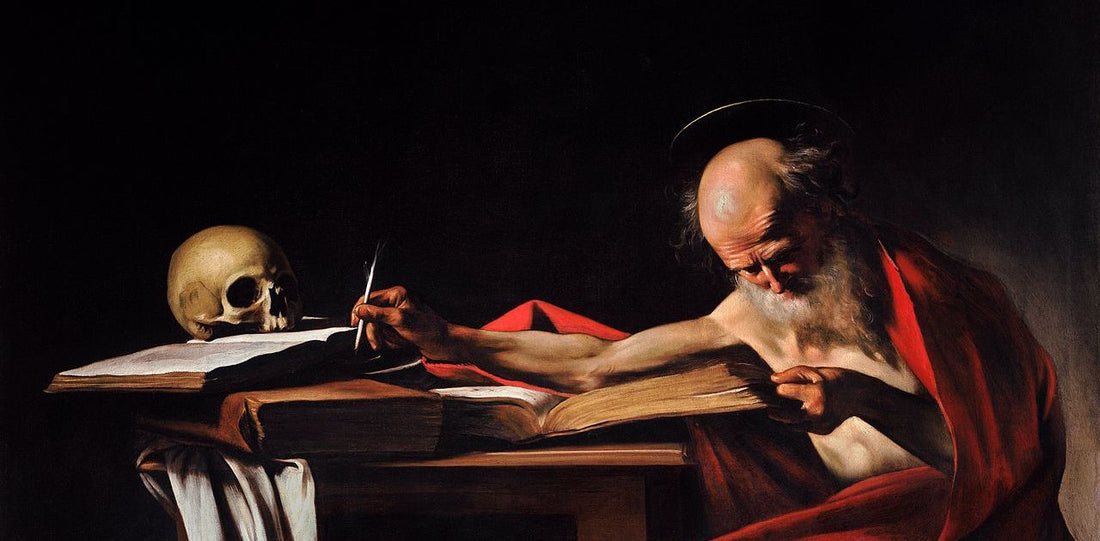
How Do We Know Today’s Bible Is the Same as the One Used by Early Christians?
Matthew PintoFrom apostolic times until now, it has been the Church’s constant mission to preserve and hand on faithfully the truth entrusted to her by Jesus himself. In the New Testament, Paul implores Timothy to guard and keep safe the deposit of faith that has been entrusted to him (see 1 Timothy 6:20).
It is fundamental to the Church’s mission to uphold the integrity of the Catholic Faith, both in its written and proclaimed forms—i.e., Sacred Scripture and Tradition. As St. Paul tells the Thessalonians:
“Hold to the traditions which you were taught by us, either by word of mouth or by letter” (2 Thessalonians 2:15).
For two thousand years, millions of Christians have “held” to the teachings of Christ by giving their lives in defense of the Faith.
From Hebrew and Greek to Vernacular
Unfortunately, no autographs (i.e., original manuscripts) of any books of the Bible have survived. Considering that the authors wrote the books on papyrus and parchment thousands of years ago, this is not surprising. The oldest known existing fragment of the Bible dates from the second century AD. Archeologists and others have discovered many additional Greek manuscripts over the years. Of these, the oldest and most complete is the Codex Vaticanus, which dates to AD 325.
Scholars consider this to be one of the most accurate and reliable manuscripts of the original text of the Bible. About the year AD 400, Pope Damasus commissioned St. Jerome to translate the Bible from its original languages (Hebrew and Greek) into Latin. This version came to be known as the Vulgate, since it was written in the “vulgar” (or common) Latin of the people. As the various languages of Europe developed, scribes and scholars translated the Vulgate into these vernacular languages.
This question has been adapted from the book, Did Jesus Have a Last Name? by Matthew Pinto and Jason Evert.
You May Also Like:
Did Adam & Eve Have Belly Buttons? (Book)
Not Everything in the Bible Is Morally Good
(Fr. Mike podcast)
The Bible: Better for Kids than Any Binge-Worthy Show
About Matthew Pinto
Matt is the founder and president of Ascension, and author or co-author of a variety of bestselling works. Among these are the teen question-and-answer books Did Adam and Eve Have Belly Buttons?, Did Jesus Have a Last Name?, and Do I Have to Go: 101 Questions about the Mass, the Eucharist, and Your Spiritual Life. Matt co-authored A Guide to the Passion, a New York Times Bestseller which has sold over a half-million copies. He has appeared on numerous television and radio programs explaining and defending the Catholic Faith. Matt has conducted seminars on a variety of Catholic issues throughout the country. He was also a recipient of the Catholic Leadership Institute’s 2004 Award for Outstanding Catholic Leadership.
About Jason Evert
Jason Evert is the best-selling author of a dozen books, including Theology of His/Her Body and How to Find Your Soulmate Without Losing Your Soul. He also co-authored YOU: Life, Love, and the Theology of the Body with his wife, Crystalina, and Brian Butler. Jason earned a master’s degree in theology, as well as undergraduate degrees in counseling and theology, from the Franciscan University of Steubenville. He writes for chastityproject.com.
Featured painting, “St. Jerome in his study” (1606-06) by Caravaggio from Wikimedia Commons